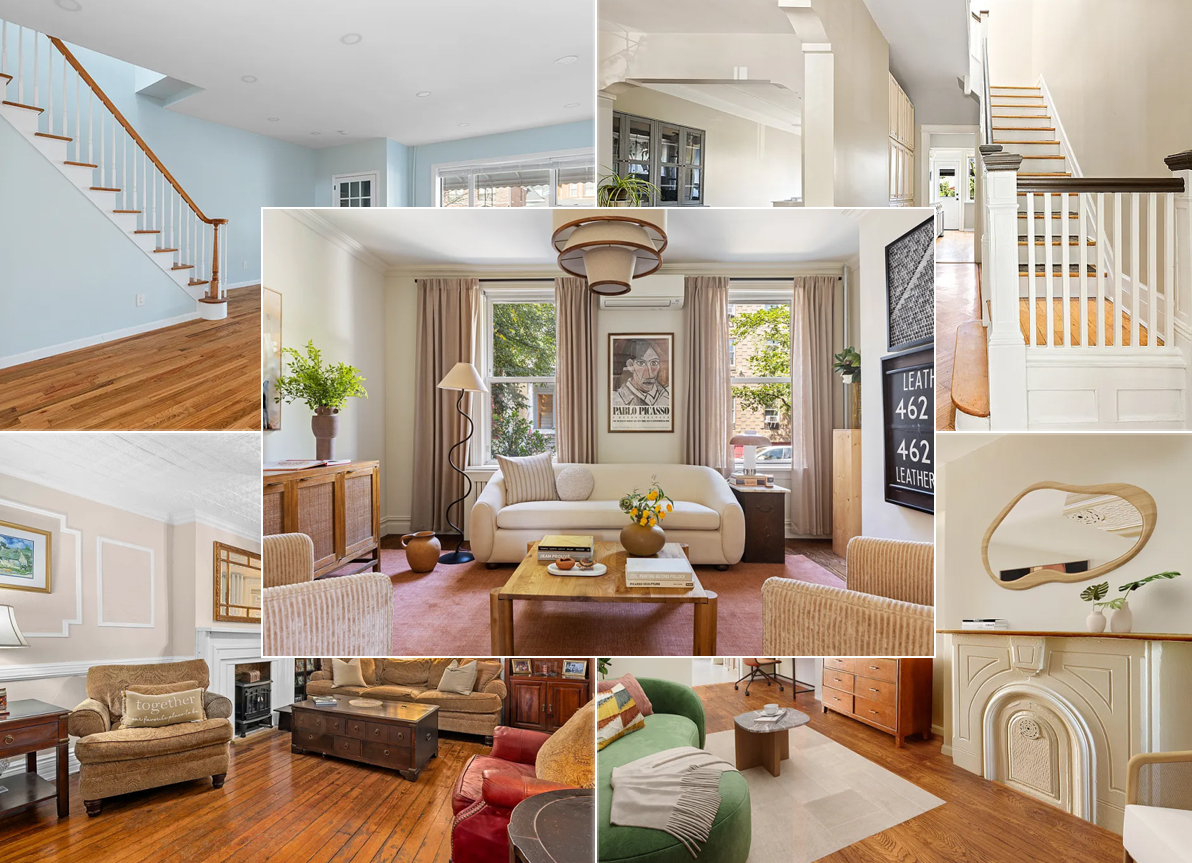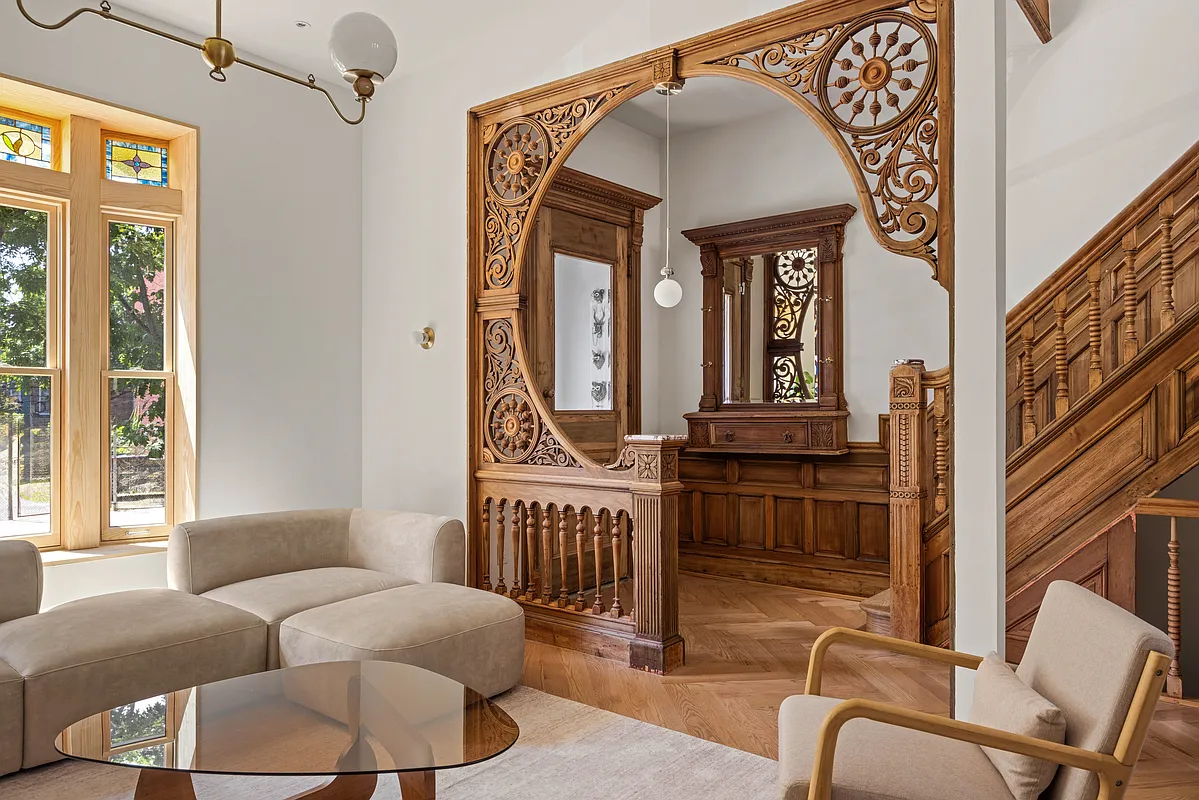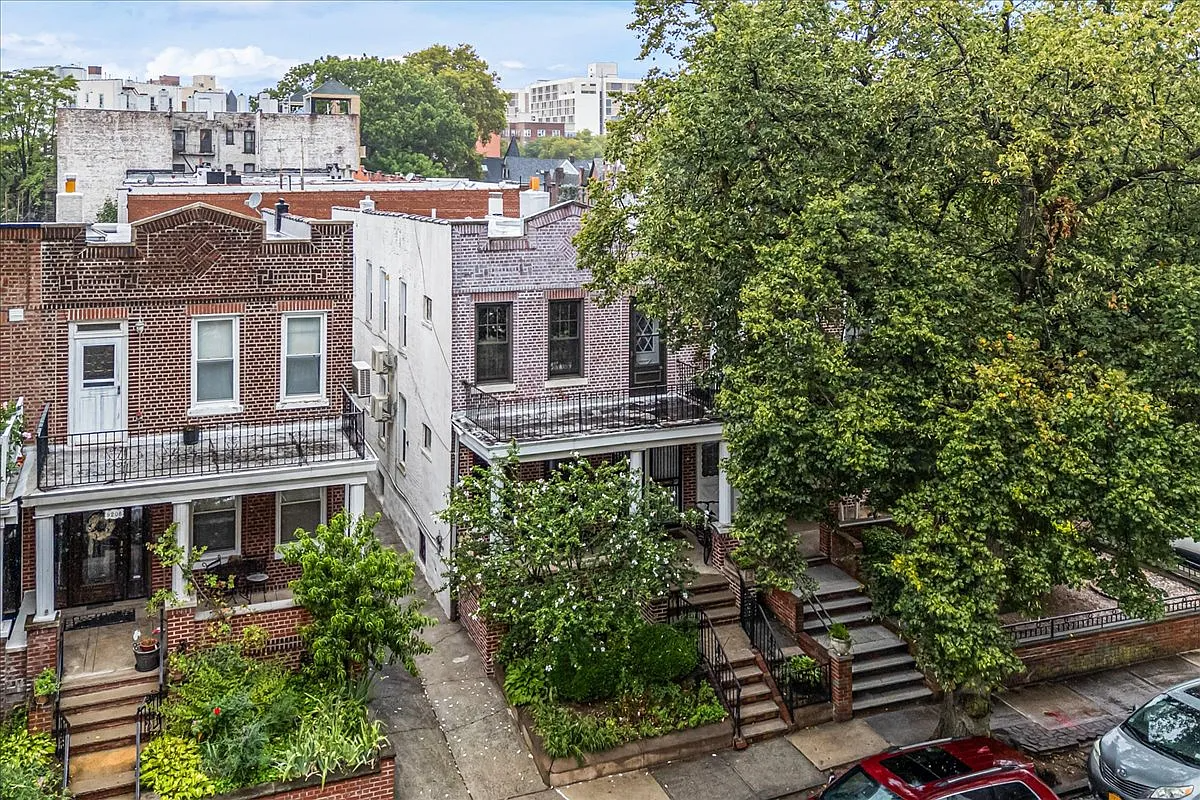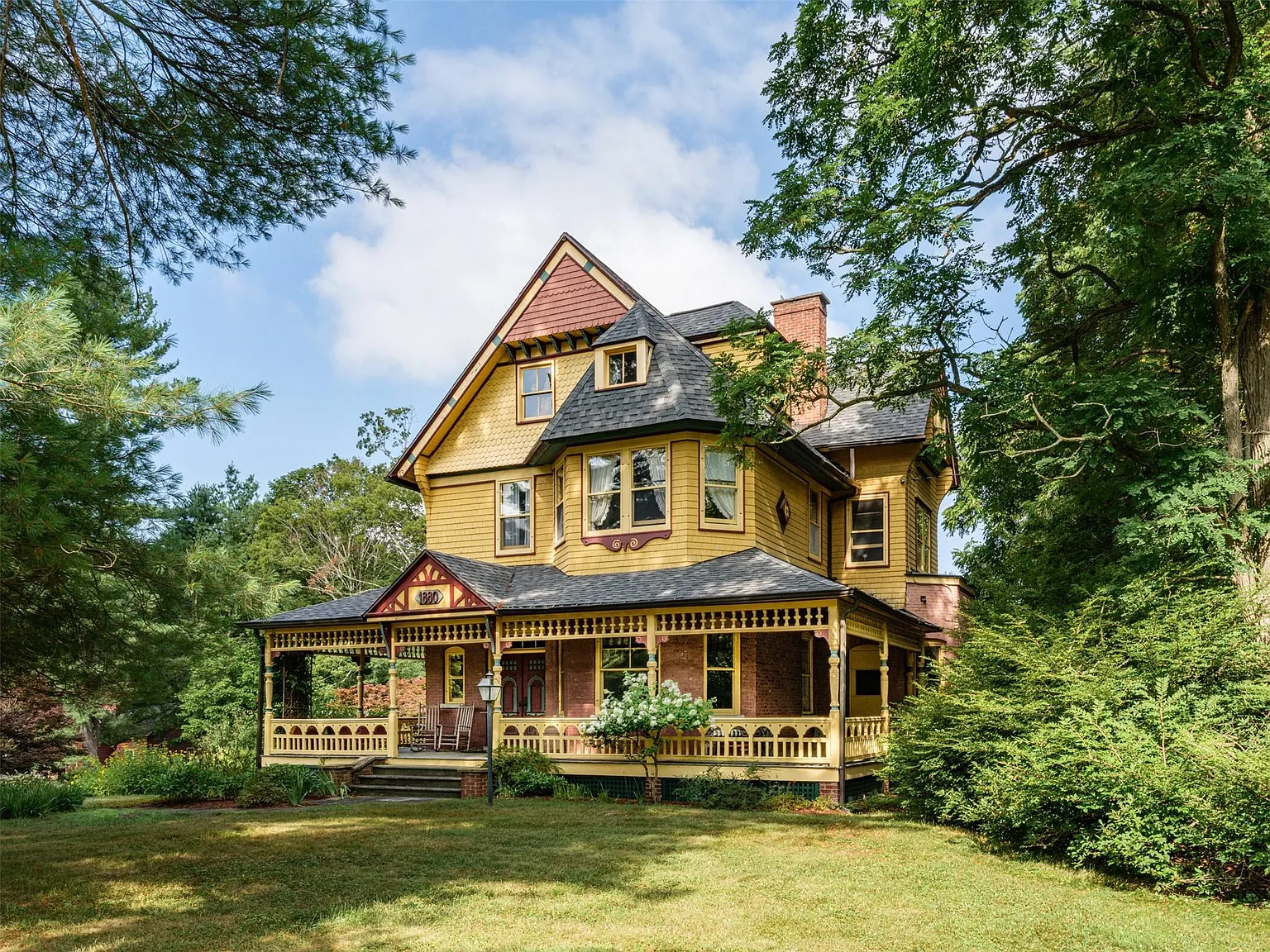On Last Day of Public Comment, Objections to AY
With the 60-day period for public comment on the Atlantic Yards ending today, final objections are coming in from neighborhood groups in the affected area. Most notably, a report prepared by a team of financial engineers on behalf of the Council of Brooklyn Neighborhoods raises some serious criticisms but falls short of calling for a…


With the 60-day period for public comment on the Atlantic Yards ending today, final objections are coming in from neighborhood groups in the affected area. Most notably, a report prepared by a team of financial engineers on behalf of the Council of Brooklyn Neighborhoods raises some serious criticisms but falls short of calling for a stop to the project. The report finds that the environmental impact study contained errors [that] incorrectly describe the size and location of the proposed project. It also finds serious workmanship and/or methodological errors with FCR’s computer-generated photographic overlays used to sell the vision of what the project would look like built. Meanwhile, the new coalition group, Brooklyn Speaks, called for the project to shrink by between one-third and one-half while increasing the affordable housing component. Another neighborhood group, Friends and Residents of Greater Gowanus, calls bullshit on FCR’s estimate of raw sewage flow to the canal from the addition of thousands of toilets.
More Find Fault With Atlantic Yards Review [NY Times]
CBN: Enviro Review Flawed, Should Not Be Approved [AY Report]
Bowing to Bruce [Brooklyn Papers]





Done Deal.
Boring domain.
Sorry
David, you write:
The whole “TWICE AS DENSE as the densest housing tract in the US” is such a red herring – it only takes into consideration HOUSING. In terms of people most locations in Manhattan are FAR more dense as office buildings have far more people per sq ft then housing. Additionally this site SHOULD be one of the most dense developments in the country b/c you would be hard pressed to find more mass transit concentrated in one place than AY.
Uh, but aren’t we talking about HOUSING??? Why is it a red herring to point out that this would be twice as dense as the next densest housing tract when this would be a housing tract? Not following you there, buddy. The lack of open space, the overcrowding of schools — these are precisely a consequence of this being a housing development.
Again, the fact that there is a concentration of mass transit options at this location does not justify building a megalopolis.
David, if you’re against the construction of 5,000 parking spaces as part of this project, maybe you should check out BrooklynSpeaks. Perhaps you’d like to join those of us who want this project altered. You seem to think that the indifference to the creation of a traffic nightmare is a “small part” of AY. But I would say that the absence of a plan to address traffic is exactly typical of the way this project has moved forward.
As for whether Ratner is causing blight — again — why is stuff going up all around the perimeter of the AY footprint but not within it?
No one is asking for a perfect process. That’s a straw man. We are asking for a process that does not completely by-pass the land use review that all other developments in the city have to go through.
I notice you have nothing to say about the fact that AY will reduce the ratio of people to open space far below the City’s stated goal. I guess that’s because you believe that the highest density serves the greatest good, or something like that.
You write:
“Again this “the process wasnt fair” stuff is a also a red herring – if you oppose AY then opposse it for what you dont like about it (subsidies, density etc…) on some of those you might have a good claim (subsidies for example) which can be debated on the merits but ‘community input’, ‘abuse of power’ are simply sour grapes by people who would (if they could) also use any channel”
Since the process has been corrupt, there has been no ground on which to make the claims regarding density and whether the amount of public subsidy involved is a good investment! We are complaining precisely because there has not been a meaningful review of these issues!
Your claim that AY will somehow benefit poor people is hilarious.
OK, I want the drugs and rose colored glasses that David seems to have.
“unemployed and/or living in poverty as well as future immigrants and children” none of these groups of people will be able to buy a place at the AY, and they will be lucky if they don’t get chased out of the parks and other “public” spaces that AY will pretend to have.
To answer David’s comment about Bunky’s traffic assertion. I think the real point is not that the AY will create traffic- her point is that these main arteries are already overloaded with traffic. Who determines what acceptable density is? To my knowledge, those who condemn the rest of us to sardine cans are those who live in tony communities with gardens and strict zoning.
Agreed NYC has had its share of troubles, but I grew up in the Bronx where massive apartment complexes were put up, and today, 20-30 years later they are enclaves, not part of the surrounding communities. Some are good, some are bad- but for the most part they promote insularity, isolation and grim or barren landscapes. They become little cities within and for themselves but in a cabin fever kind of way. It’s not a good way for people to live, environmentally, emotionally or physically. I grew up in what is considered one of the few really successful projects in terms of concept and design. Then we moved to one of those big apartment complexes. It was awful and dehumanizing. And that’s my biggest objection to them. Yet people like Ratner still put up these monstrosities because they see dollars, not people. Do you think Ratner lives in one of these? Hell no.
CMU – no God of Growth and Brownstoner isnt the place for Economics 101 but to answer you simply – while you may be happy w/ your current job and living standard, the large population that is unemployed and/or living in poverty as well as future immigrants and children would like the opportunity to achieve financial security. Not to mention that all the future elderly will expect to receive medical care and other assistance when they are no longer in the working pool. Without growth these reasonable expectations are all but impossible.
If it was a less fruggly complex, was not such a behemoth and had tons of office space, I would root for my company to rent space there. Then I would only have a 15 minute commute to work via subway. But the project as it is will all its’ bloat, and back office deals, is not in the best interest of Brooklyn.
In the excellent article that New York Mag did a short time ago on AY, the writer pointed out that the original AY plan had called primarily for OFFICE SPACE. But this was allegedly ixnayed early on by the ever-powerful Shelly Silver, whose NYC assembly district includes Ground Zero–he didn’t want anything going up that would compete with redeveloping lower Manhattan.
This is really too bad, as office space would take a much lighter toll on the area–no new schools required, and people would largely commute by public transportation and leave the area at night. Plus it could be a very convenient place to work for Brooklynites and could give us desperately needed retail. And there would likely be mucho corporate income.
But no, due to Manhattan interests and state control of the site, the project is virtually all housing. I wish the project had a more balanced mix of housing and offices, which would seem to fit in better with the community’s needs.
ULURP is the Uniform Land Use Review Process…set up to assure that local constituencies get meaningful input to major land use decisions in NYC. Because Atlantic Yards was handed to ESDC, a STATE agency, they skirt this process and deny us the normal input to process. That’s why we’re choking on this gigantic DEIS with so little time an resources to critique it.
No Bunky – I am asking – if you dont want development on 3 major arteries then the development will inevitably either move to smaller streets or not take place at all (thereby reducing growth)
As for me dismissing all arguments – I gave a detailed rundown of each and I have notducked from any of the opposition arguments – as strong or as weak as they may be.